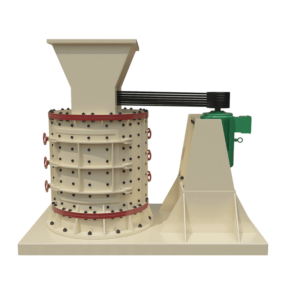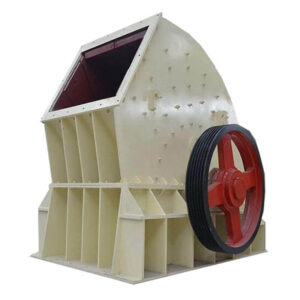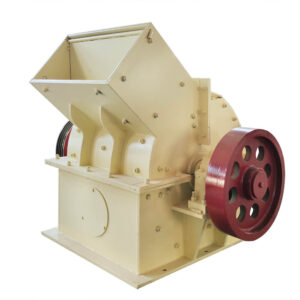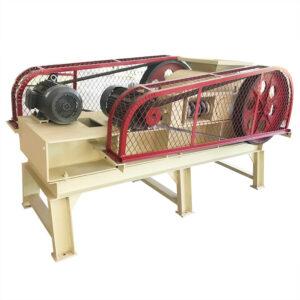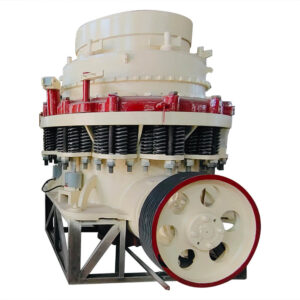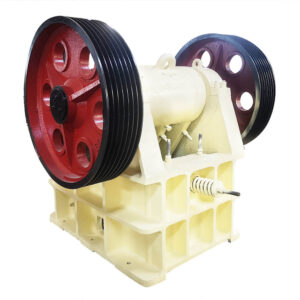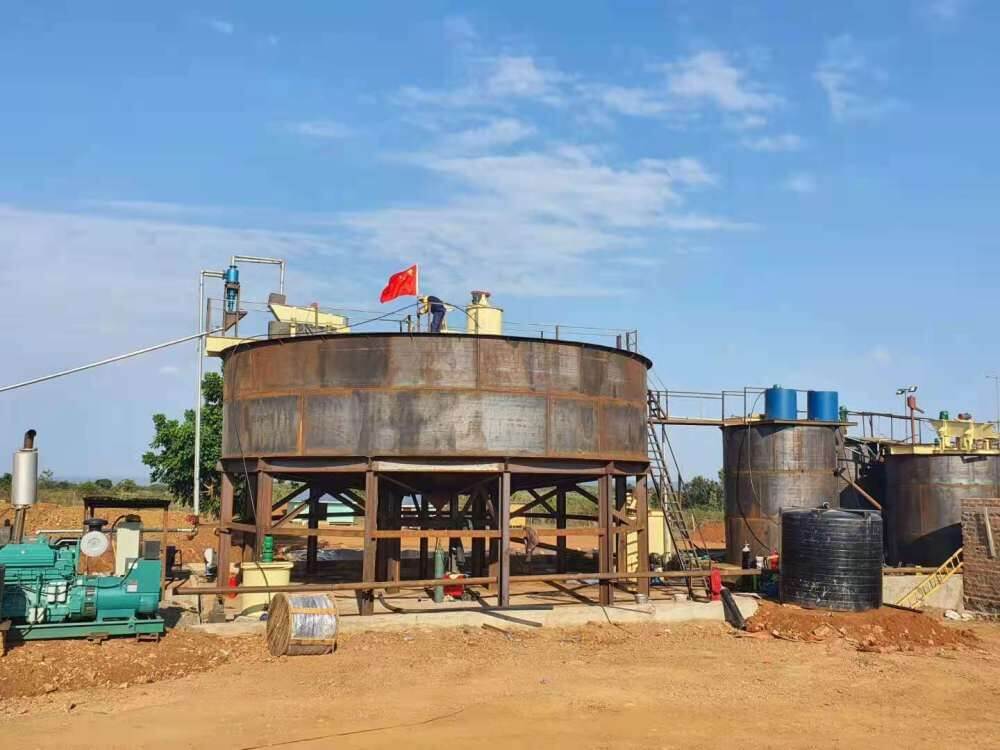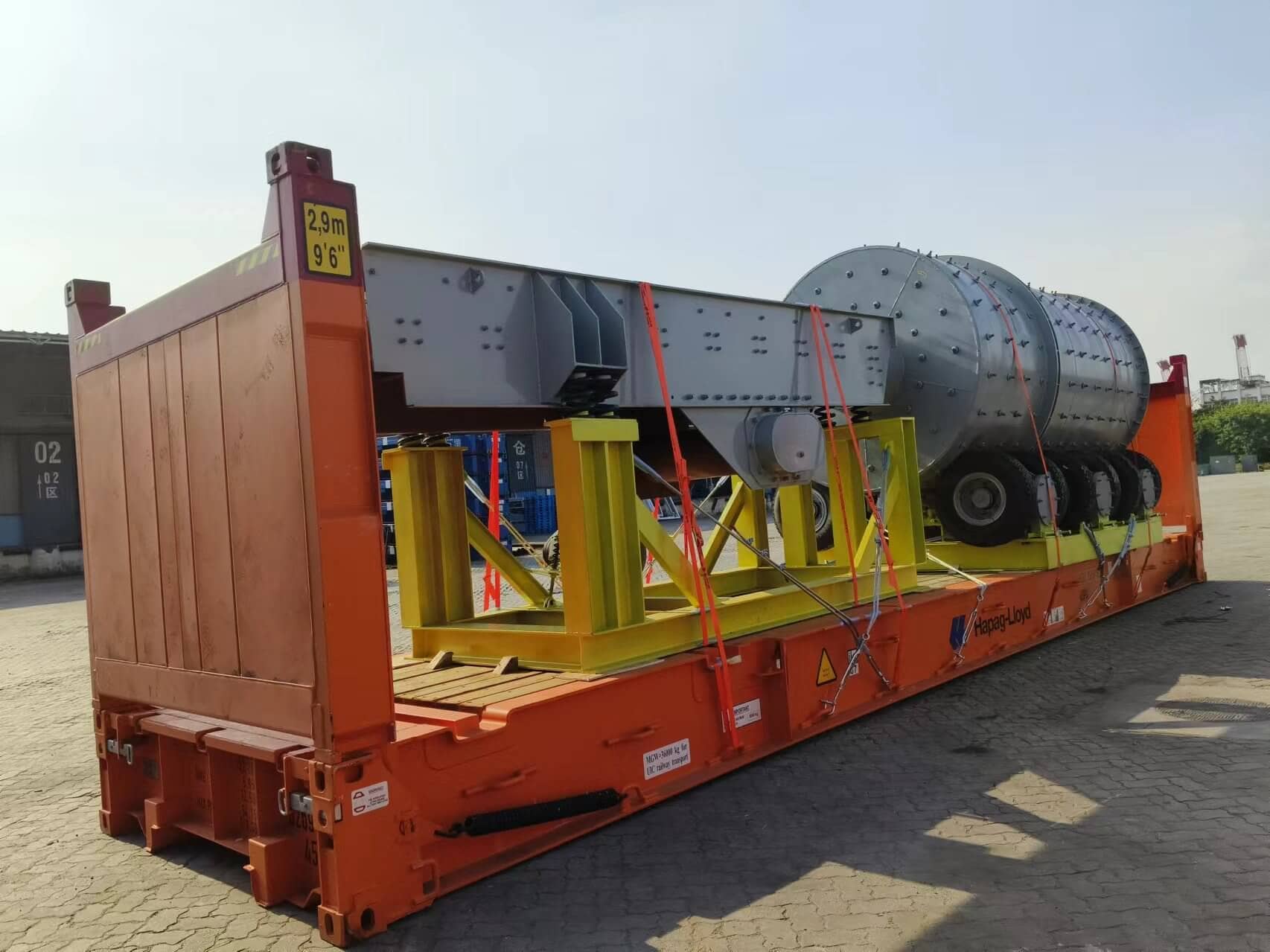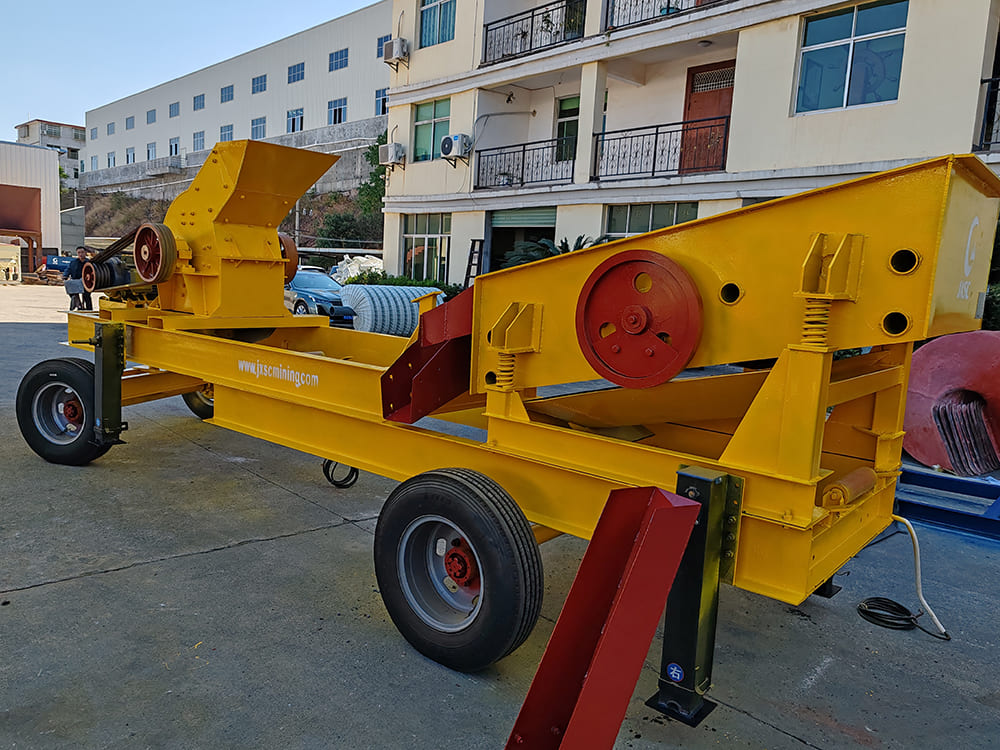Home » Equipment » Crushing & Screening Equipment » Impact Crusher
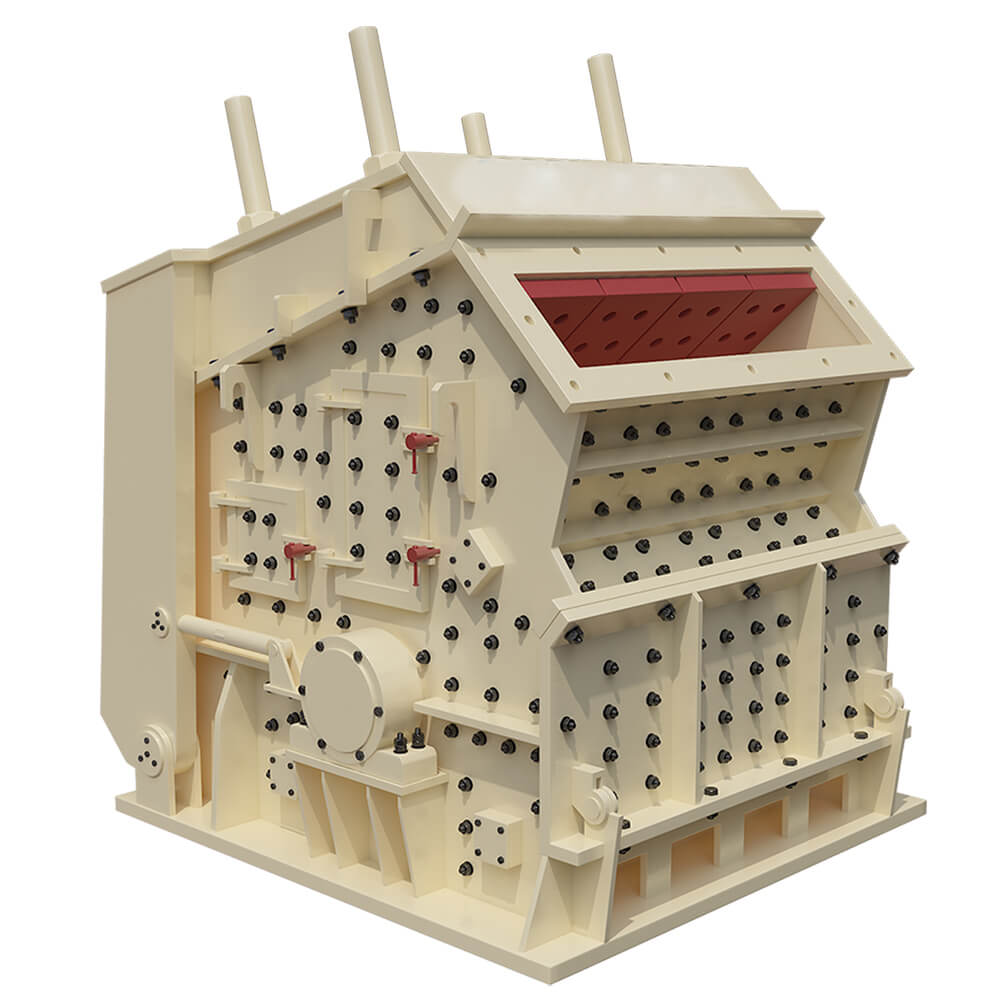
Impact Crusher
Impact crusher uses the impact force between materials and the crushing effect generated by the impact of the impact plate to crush materials. It is mainly used for coarse and medium crushing of materials of various hardness, and is widely used in mining, metallurgy, building materials, highways, railways, chemicals, and other industries.
Capacity: 30-500 tph
Feeding Size: <700 mm
Process Material: A variety of medium hardness ores, such as limestone, feldspar, calcite, talc, barite, rare earth, clay, kaolin, dolomite, kaolin, gypsum, graphite, etc.
Impact Crusher Overview
An impact crusher (impact break) is an ideal crushing machine for medium hardness materials. It can produce a more uniform particle shape (cubical) final product compared with the hammer crusher. Impact crushers are widely used in the aggregate industry (cement, asphalt, sand & gravel), owing to high reduction ratios and precisely shaped, cubical end products. Impact crushers can be set in any stage of the crushing circuit from primary crushing to the last step of the crushing process.
Impact Crusher Types
Common types have horizontal shaft impact crusher (HSI) and vertical shaft impact crusher (VSI). Besides, designed stationary and mobile impact crushers (track, wheel) for different applications.
Advantages
Impact Crusher Advantages
The impact crusher is recognized for its large crushing ratio, typically ranging from 30 to 40, with a maximum of up to 150, which contributes to its high grinding efficiency while minimizing power consumption. It produces consistent product granularity with fewer occurrences of over-crushing and enables selective crushing capabilities. This versatility allows it to effectively handle hard and brittle materials, as well as fibrous substances, making it especially suitable for breaking brittle materials. Additionally, the equipment boasts a compact design, lightweight structure, and straightforward maintenance, ensuring operational efficiency and ease of use.
✔ High crushing ratio: The crushing ratio can generally reach 10:1 to 50:1, and can handle larger pieces of material.
✔ Excellent finished product particle shape: After multiple impacts, the material can form a large number of angular particles with good particle shape.
✔ Flexible operation: The discharge particle size can be adjusted to meet different production needs.
✔ Strong adaptability: It can handle materials with various hardness, especially suitable for medium and low hardness materials (such as coal, limestone, etc.).
✔ High efficiency: The crushing energy consumption is relatively low, and the production efficiency is higher than other types of crushers.
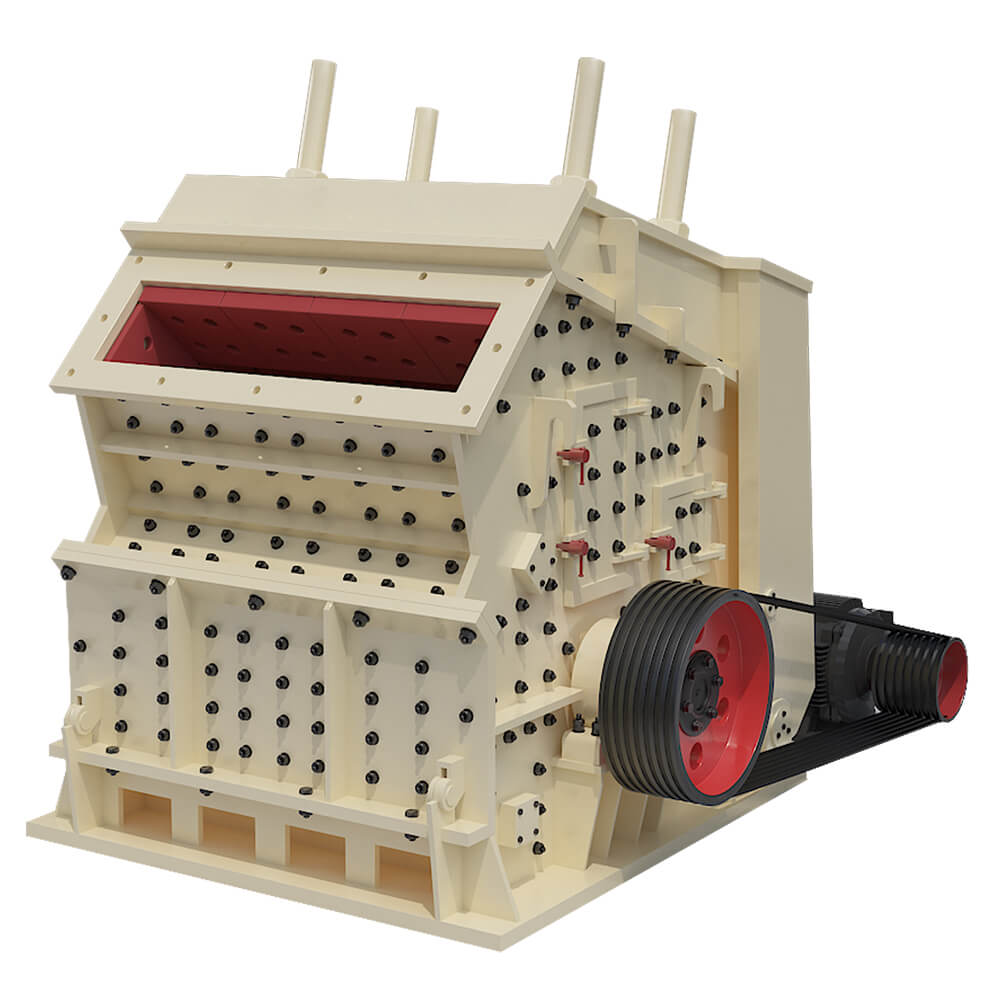
Structures & Working Principle
Impact Crusher Structure
The main parts of a impact crusher are hopper body, cascade cylinders, feed tubes, crushing chamber, crusher base; often replaced wear parts are worn plates, blow bars, breaker plates, etc.
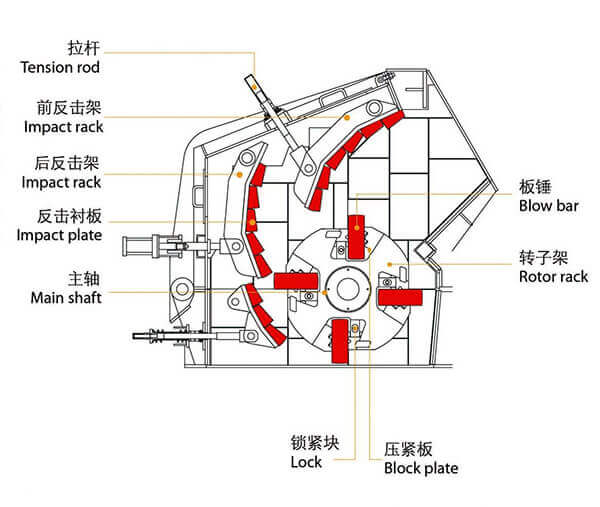
Impact Crusher Working Principle
Impact crusher is a machine that breaks materials using the impact of energy. The rotor rotates of our impact crusher with a high speed driven by a motor. When the materials get into the hammer effect area, they are impacting to break with the hammer on the rotor and then threw to the impacting position to take another crushing. After that, they spring back to the hammer impacting area from the impact wrist plate to take crushing again. This procedure repeats itself. The materials get into 1, 2, 3 impact cavities from big to small to take repeated crushing. When the material is crushed to the required size, it’s discharged from the outlet. The material’s discharging size and shape can be changed by adjusting the gap between the impact frame and rotator.
Technical Parameters
| Model | Rotor Spec (mm) | Feed Opening Size (mm) | Max Feed Edge(mm) | Capacity (t/h) | Motor Power(kW) | Weight(t) | Overall Dimension (L*W*H)mm |
| PF1007 | 1000*700 | 400*730 | 300 | 30-50 | 37-55 | 9.5 | 2400*1558*2660 |
| PF1010 | 1000*1050 | 400*1080 | 350 | 50-80 | 55-75 | 12.2 | 2400*2250*2620 |
| PF1210 | 1250*1050 | 400*1080 | 350 | 70-120 | 110-132 | 14.9 | 2690*2338*2890 |
| PF1214 | 1250*1400 | 400*1430 | 350 | 130-180 | 132-160 | 18.6 | 2690*2688*2890 |
| PF1310 | 1300*1050 | 490*1170 | 400 | 80-140 | 110-160 | 16.2 | 2780*2478*2855 |
| PF1315 | 1320*1500 | 860*1520 | 500 | 160-250 | 180-260 | 19.3 | 3096*3273*2667 |
| PF-1320 | 1320*2000 | 860*2030 | 500 | 160-350 | 300-375 | 28 | 3096×3560×3185 |
| PF-1520 | 1500*2000 | 1315*2040 | 700 | 300-500 | 400-450 | 42.8 | 3890×3560×3220 |

